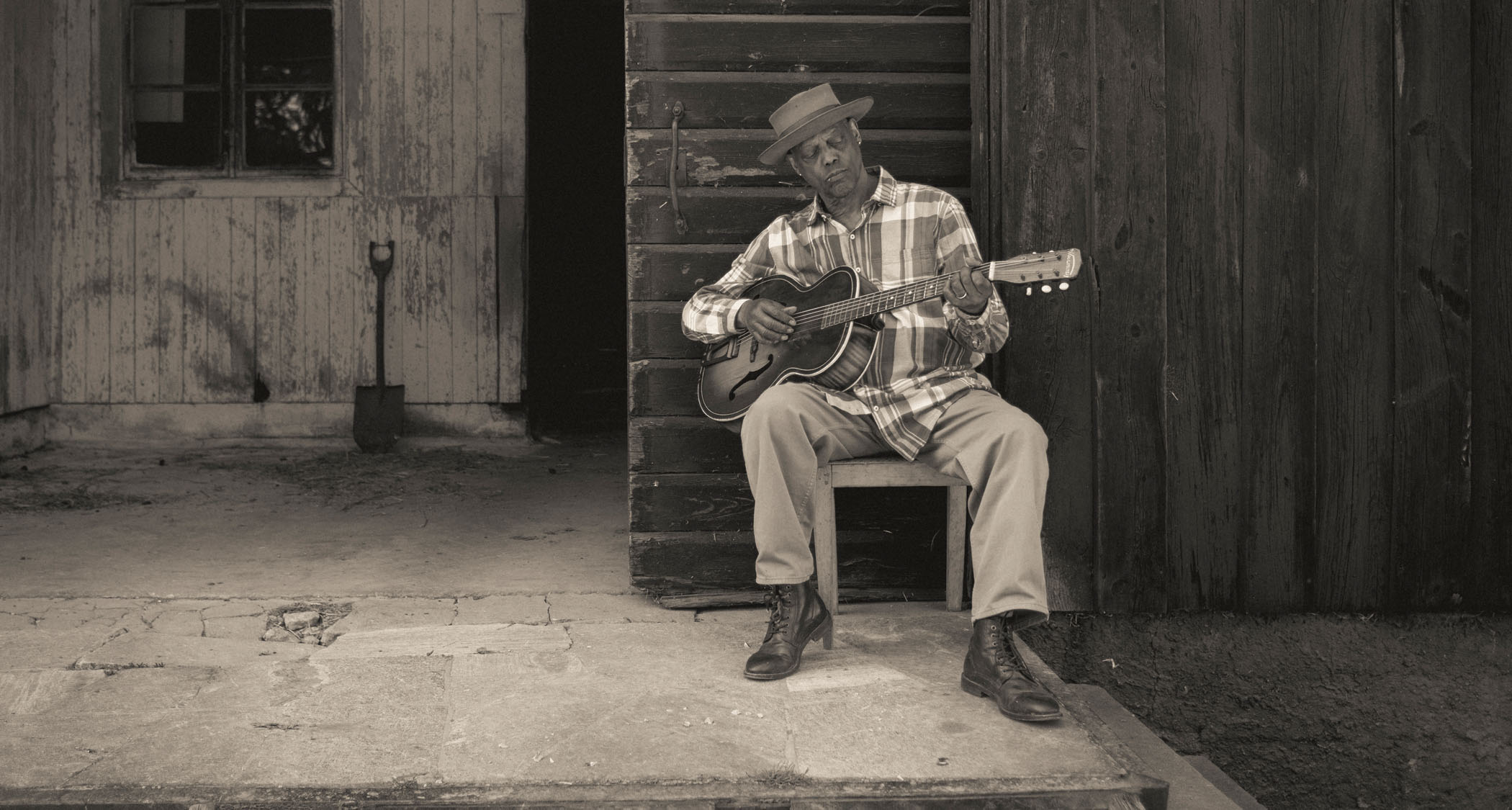The Guitalele as an Extra Guitar Voice
In my previous column, I mentioned Amazoning (is that a word?) a ukulele, so I could still play while laid up from surgery. I’d bought the uke on the sly thinking, 'Woohoo! Light, cheap and small enough that the Mrs. won’t notice.'
I hadn’t counted on my wife being equally sneaky, yet far more thoughtful.
As I lay in bed that first day home from the hospital, happily plunking away—wait, it was a ukulele I was playing, so better make that plinking away—I heard the door open as my wife came home. I shoved the uke under the bed and greeted my wife with a soulful, 'How are you? No, no. Don’t worry about me. I’m just lying here quietly, despairing over my post-operative decline.'
That’s when my wife slipped an Amazon box from behind her back, saying, “Open this. I know you’re under doctor’s orders not to lift any of your guitars, but I wanted you to still be able to play. And this is under his strict ‘nothing heavier than a tea kettle’ weight limit.”
Inside the box was a gigbag and inside the gigbag was something that looked like what Andrés Segovia would have played, if Segovia had been a Hobbit. In a strikingly democratic act in order to form a more perfect union and insure domestic tranquility, my wife had bought me a mini-guitar called a guitalele.
Attaching the term lele does imply a certain frivolous attitude about the instrument. It conjures up the banjolele, an instrument that was the musical nemesis of the inimitable butler Jeeves.
Though the name guitalele is a relatively new mashup of guitar and ukelele, the instrument itself has ancestors in the Spanish guitarrico aragonés and Colombian carranguero, among others, and in particular the requinto guitar, common throughout Latin America.
All the latest guitar news, interviews, lessons, reviews, deals and more, direct to your inbox!
With its antecedents in mind, think of the guitalele as a classical guitar with nylon strings, a 1-7/8” nut and a 17” scale length.
To me, it has several things going in its favor.
Unlike the ukulele, there is much less of a learning curve for guitarists with the guitalele. The only issue I found was getting used to its smaller scale length. It’s tuned up a fourth from standard guitar tuning. In other words, it’s ADGCEA from low to high—the same as if you’d capoed your guitar at the fifth fret.
Guitaleles are around 28” long, so their small size means you can travel with one easily. In fact, with most airlines’ current capacious luggage rules, you’d only have to saw off the headstock and the first two or three frets to be able to store a guitalele as carry-on luggage.
To me the best thing about the guitalele is the different soundscape it brings. Playing classical pieces on it conjures a lute-like quality. It’s also a great recording tool. Since it is already in harmony with a guitar, doubling an existing guitar part on a guitalele can nicely thicken the character of your guitar in a recording.
Think of it this way, for the price of a low-end guitar pedal, you can get a mini guitar that provides different playing possibilities and adds a new, lovely and useful sound that’s as distinct as what you’d find in any stompbox.
William Baeck is a writer, photographer and hack guitarist living in London. You can check out his webpage at williambaeck.com and reach him on Facebook and Twitter.
